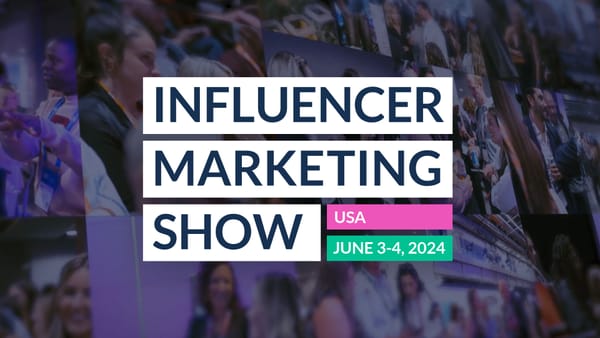It found that some categories have a higher rate of fraud than others. Fashion came out the worst, with an average of 14% of fake activity per account, with entertainment and travel next, both with 12%. Interestingly, traditional celebrity ranked lowest, with an average of just 4%.
The report also uncovered the countries that skew highest for fraudulent audience location, with Indonesia ranking highest at 22% and Venezuela second at 19%.
What signals a fake follower?
The report aims to provide information so marketers can spot potential issues. The report says the average daily change in follower counts for an influencer is 1.2%, so a spike in gained followers is an obvious sign, as most companies that sell fake followers will deliver them instantly.A creator’s engagement rate is also an important indicator of authenticity. The report suggests that a lower engagement rate “shows a high probability that their follower count is inflated through bots or fake followers.”
If the creator’s audience reach or impressions per user is higher than the industry average, marketers should see that as a warning sign. “There’s not much an influencer can do to “clean up” their account; fake accounts can be deleted only by social platforms themselves,” states the report. Last year, Instagram cracked down on inauthentic accounts in a bid to ‘clean up’ the social platform.
“Brands need a more concrete and reliable way to identify fake followers and engagement, compare their performance to industry benchmarks, and determine the real reach and impact of social media spend,” reads the report.









